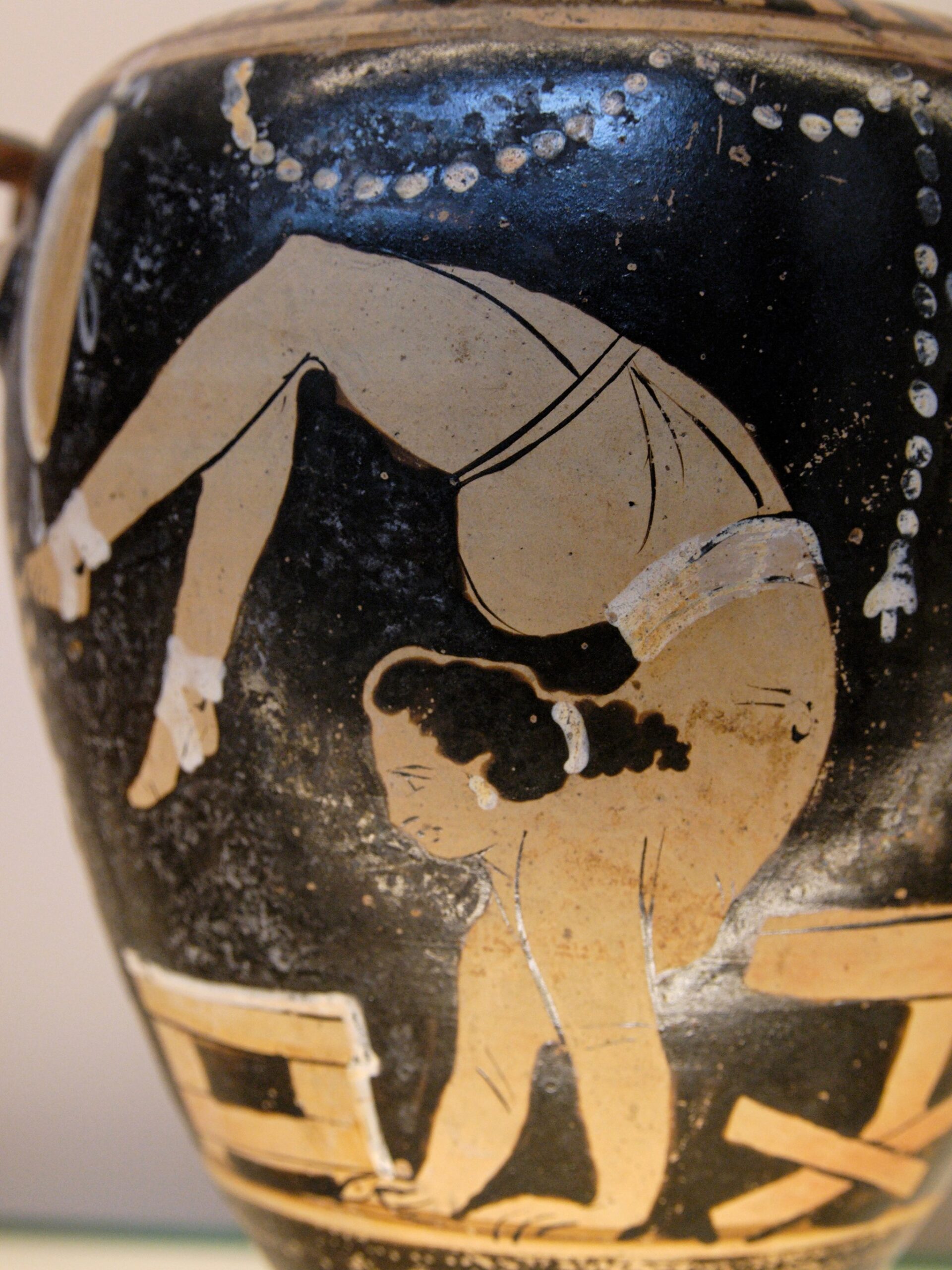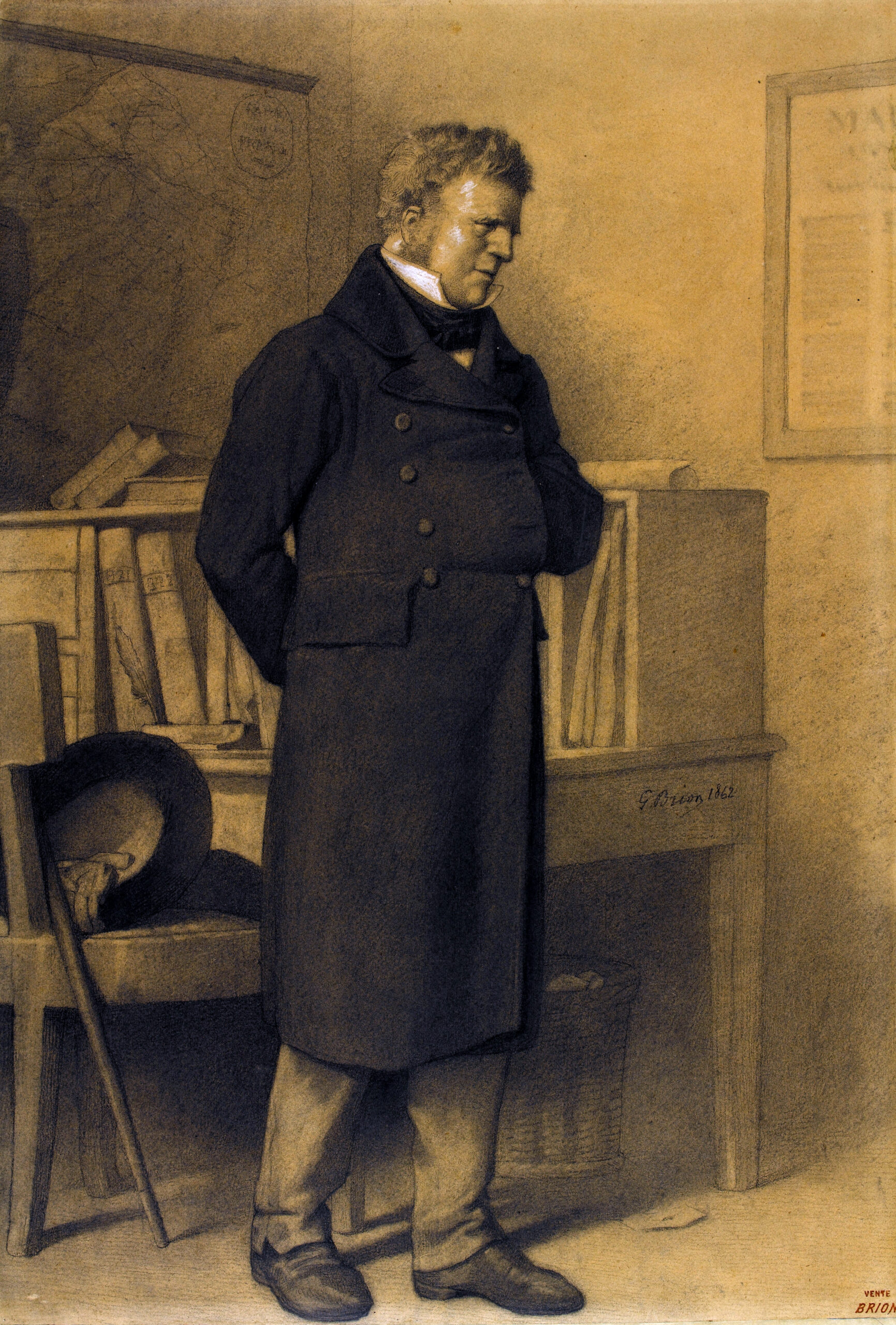- Definition: Acrobatics is the performance of extraordinary feats of balance, agility, and motor coordination. It can include activities like tumbling, tightrope walking, trapeze, contortion, and other gymnastic activities. Acrobatics is often associated with circuses, but it’s also found in other performing arts, sports, and martial arts.
- Etymology and Origin:
- The word “acrobatics” comes from the Greek “akrobatēs,” which means ‘walking on tiptoe.’ It is derived from “akros,” meaning ‘high,’ and “bainein,” meaning ‘to walk.’
- The practice of acrobatics dates back to ancient times and has been a feature of many cultures, including Greek, Chinese, and Egyptian civilizations. In ancient Greece, acrobatics was practiced alongside athletics, music, and dance, often as part of religious festivals.
- Over centuries, acrobatics evolved into a form of entertainment and art. Its development into a performance art is particularly notable in the context of circuses and variety shows.
The evolution of acrobatics from its ancient Greek origins to a modern form of performance art highlights its enduring appeal and the human fascination with physical skill and agility.



